Into The Unknown: The Curious Case Of An American Millionaire’s 1967 Vanishing In Cameron Highlands
 Thirsty for JUICE content? Quench your cravings on our Instagram, TikTok and WhatsApp
Thirsty for JUICE content? Quench your cravings on our Instagram, TikTok and WhatsApp

The fateful events of 26 March, 1967 will forever be etched in the annals of history as the day an American businessman vanished during an evening stroll in Cameron Highlands, Malaysia.
The matter stirred widespread curiosity and intrigue, captivating not only the local population but also garnering international attention. The man in question was Jim Thompson, a successful entrepreneur, whose fate remains a haunting enigma to this day.
Born in Greenville, Delaware, James Harrison Wilson Thompson, better known as Jim Thompson, had a remarkable life journey. After serving in the military, he embarked on establishing a silk-weaving company in Thailand. His dedication and vision revitalised the faltering silk industry, earning his products a reputation for unmatched quality. Thompson’s house in Bangkok, now a popular tourist attraction, stands as a testament to his entrepreneurial prowess.
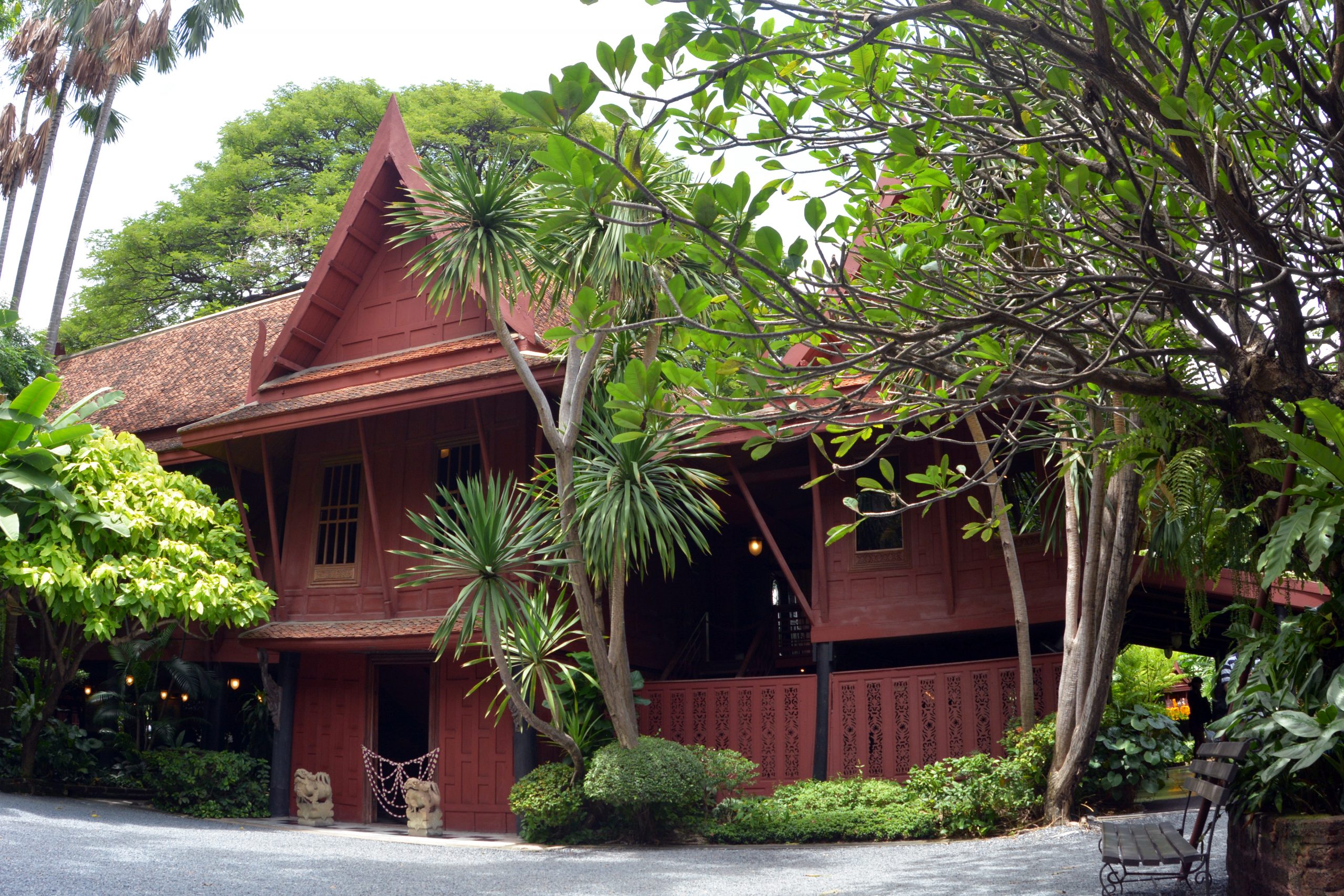
The narrative unfolds with Jim Thompson’s upbringing as the son of a textile manufacturer in Delaware. After attending a prestigious boarding school, he pursued architecture studies at Princeton University. However, his attempts to become a licensed architect in New York proved unsuccessful, leading him on a different path.
During the late 1930s, Thompson discovered the silk weavers of a small Muslim community in Bangkok, which fascinated him due to his interest in fashion and craftsmanship. He was disheartened to learn that local silk weaving had nearly vanished due to the prevalence of machine-made silk. Determined to revive this exquisite craft, Thompson left his job at the OSS (Office of Strategic Services) and returned to New York armed with 500 silk samples.
Using his personal connections, Thompson showcased the vibrant and high-quality Thai silk to fashion editors, designers, and decorators. Edna Woolman Chase, the influential editor of Vogue, played a pivotal role in popularising Thompson’s silk by introducing it to renowned fashion designers. Thompson then returned to Bangkok with $700 and founded his silk business, recruiting around 200 local weavers and supplying them with raw materials.

In 1950, Thompson’s brand was established with the opening of its first shop in Bangkok. The demand for Thai silk soared, leading to rapid expansion and incorporation of the company in 1951 with a $25,000 investment. Thompson ensured the company retained its Thai identity by selling 51 percent of shares to Thai citizens, despite being the largest shareholder himself.
The success of Thompson’s silk venture received a significant boost when the products were featured in the popular American film “The King and I.” Thai royalty, including Queen Sirikit, also embraced Thompson’s silk and made headlines while wearing Balmain-designed outfits made from his silk during a US tour.
By the late 1950s, the Thai Silk Company employed over 2,000 Thai workers who followed traditional methods of silk cultivation, dyeing, spinning, and weaving. Sales skyrocketed from around $36,000 per year in 1948 to $650,000 by 1957, showcasing the remarkable growth of Thompson’s enterprise.
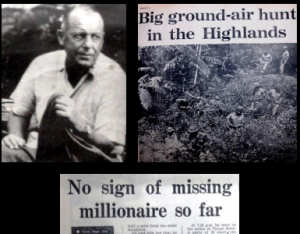
However, beneath his enterprising façade, Thompson harboured a clandestine past. Unknown to many, he was a former member of the Office of Strategic Services (OSS), the precursor to the Central Intelligence Agency (CIA). His involvement in covert operations during his OSS tenure remains shrouded in mystery.
In 1967, Thompson ventured to Malaysia from Thailand for a leisurely holiday. Accompanied by three friends, he took up residence at the Moonlight Cottage in Tanah Rata, Cameron Highlands – a place that still stands witness to the puzzle that unfolded.
That Sunday, after attending services at the nearby All Souls’ Church, Thompson informed his companions of his intention to take a walk. Expecting him to return within an hour, they grew concerned when he failed to reappear.

A widespread search ensued, involving local authorities, volunteers, and search dogs. For 11 days, they scoured the dense jungle, desperately seeking any sign of the missing man. Yet, their efforts proved fruitless, leaving behind only unanswered questions and a void that remains unfilled.
Numerous theories have emerged, each attempting to unravel the mystery of Thompson’s disappearance. Llewellyn Toulmin, a search-and-rescue expert, presented a comprehensive report in 2015. One theory he explored, though personally skeptical of its validity, implicated Thompson’s former employers in his demise. Allegedly sympathetic to communist factions during the Vietnam War, Thompson may have fallen victim to an assassination plot by the OSS.
However, Toulmin found no concrete evidence suggesting disloyalty on Thompson’s part. The absence of any indication of betrayal throughout his service with the OSS, coupled with the assistance provided by the American authorities in the search, casts doubt on such claims.
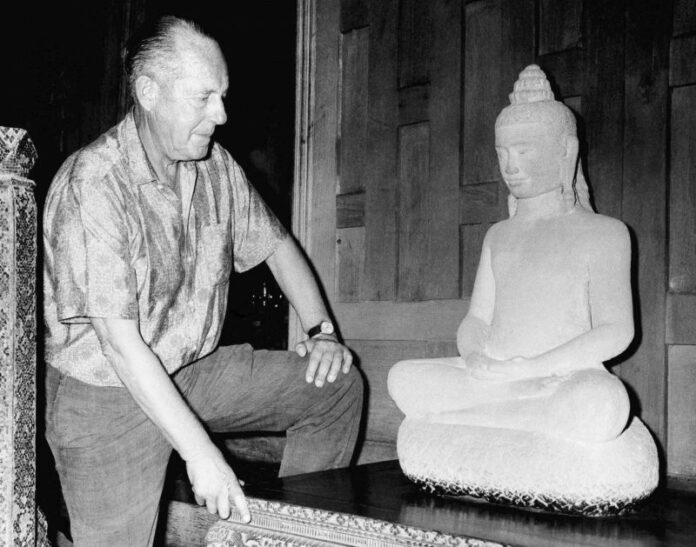
Another theory suggests Thompson’s abduction by criminals seeking a ransom. Yet, official police reports dismissed this notion, stating that no known group possessed the relevant information regarding his disappearance. Alternatively, some speculate that Thompson may have succumbed to the perils of the dense jungle, falling prey to a tiger lurking in the shadows.
Amidst the escalating tensions of the Emergency period, the presence of communist guerrillas in the region fuelled suspicions that they may have played a role in Thompson’s vanishing. Documentary-maker Barry Broman explored this theory in his film “Who Killed Jim Thompson,” sharing an ex-insurgent’s alleged deathbed confession that implicated guerrillas in the businessman’s demise.
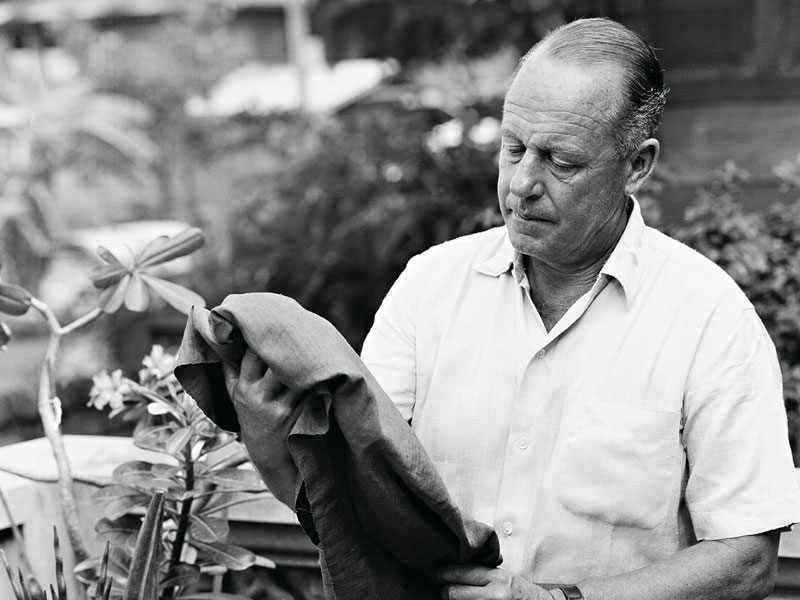
A lover’s quarrel has also been proposed as a potential catalyst for Thompson’s fate. His tumultuous romantic life, marked by a short-lived marriage and rumours surrounding his sexuality, may have incited jealousy or animosity. However, without substantial evidence, such conjecture remains speculative.
Perhaps the most plausible explanation, albeit mundane, is that Thompson succumbed to the treacherous jungle and its unforgiving terrain. His prior misadventure, where he became lost with a friend the day before his disappearance, serves as a testament to the challenges posed by the dense foliage.
It is conceivable that he may have wandered off course, falling into a ravine or a hidden crevice, rendering him invisible to search parties. Thompson’s advanced age and preexisting health conditions could have further compromised his ability to navigate the unforgiving terrain.
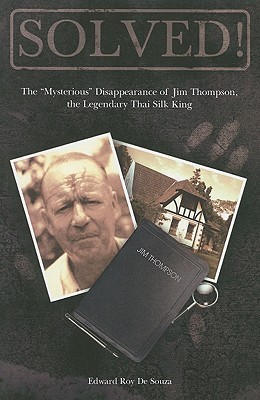
In summary, Jim Thompson’s disappearance in Malaysia initiated a seven-year investigation, leading to a wide range of theories with unsettling implications. The media coverage that followed sparked significant attention and even resulted in the publication of a book titled ‘Solved!: The “Mysterious” Disappearance of Jim Thompson, the Legendary Thai Silk King’ in which the author aims to examine and assess the various speculative and partially supported opinions that have emerged over the years.
Despite exhaustive efforts, this mystery may never find a definitive resolution. For those intrigued by the enigma, a visit to Cameron Highlands offers a chance to tread the Jim Thompson Trail, where nature’s beauty intertwines with the echoes of a bygone era. Perhaps there, amid the breathtaking landscape, a clue may surface – a fragment of the truth that has eluded us for decades.
In recounting the perplexing tale of Jim Thompson’s disappearance, we extend our heartfelt empathy to all those impacted by this tragic event. The purpose of this article is to shed light on the historical significance and enduring mystery surrounding Thompson’s vanishing, while maintaining a respectful and compassionate approach.
We acknowledge the emotional toll such incidents can have on individuals, families, and communities. Our intention is to explore the story with sensitivity and reverence, paying homage to those who have been touched by this enduring enigma.


 Get Audio+
Get Audio+ Hot FM
Hot FM Kool 101
Kool 101 Eight FM
Eight FM Fly FM
Fly FM Molek FM
Molek FM

